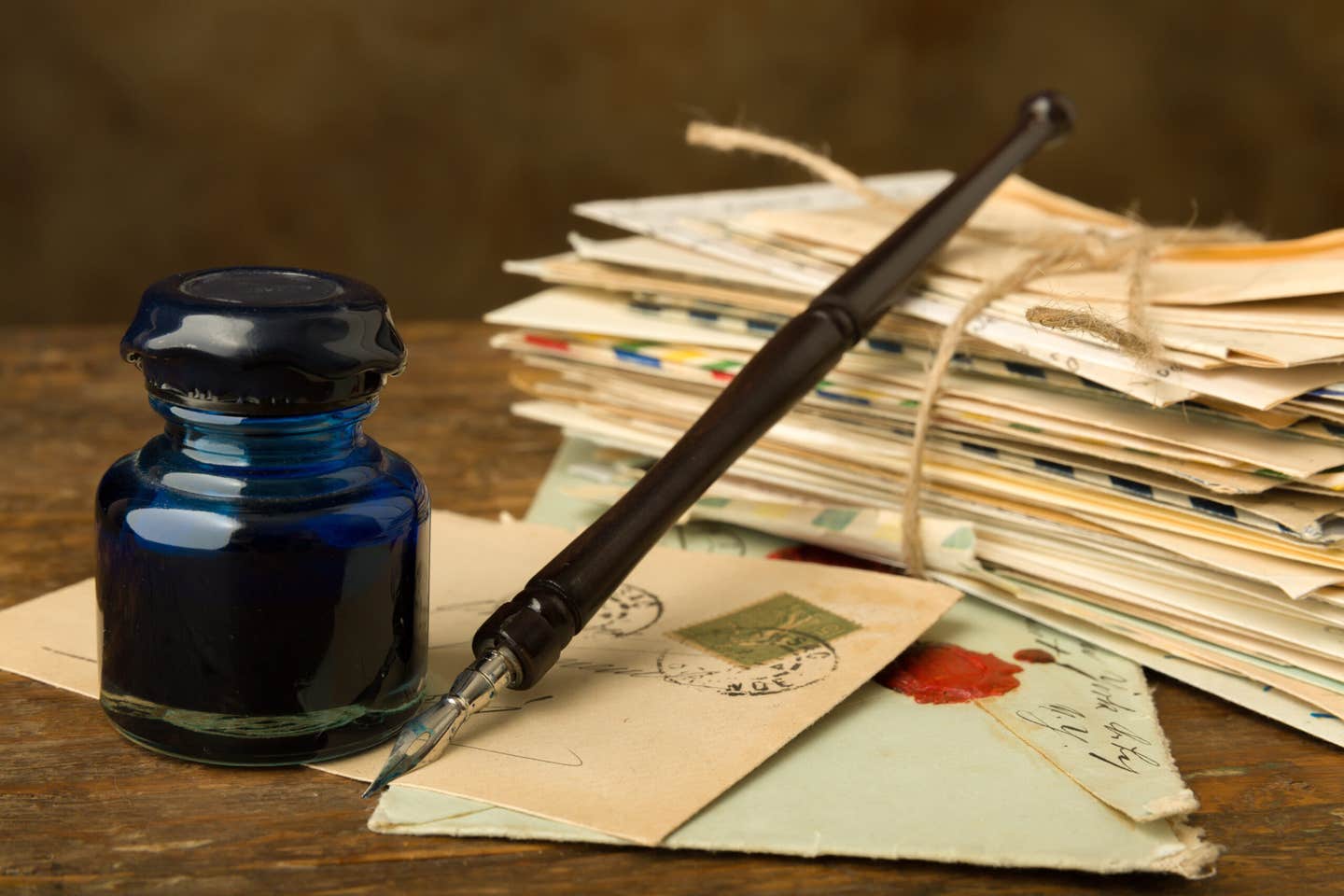Just how erratic can a fellow get?
I would like to think I am rational in all of my coin purchase decisions. But looking at it dispassionately, I know that I am not. This is particularly in evidence when I look at my record of purchasing modern Mint issues.
I would like to think I am rational in all of my coin purchase decisions. But looking at it dispassionately, I know that I am not. This is particularly in evidence when I look at my record of purchasing modern Mint issues.
Circumstances and whim seem to play roles, too.
I began by buying 1969 proof sets and mint sets. There is something appealing about being able to buy new coins directly from the Mint. When I began, it was a little bit like going into Aladdin’s cave.
Soon enough I was confronted by the fact that these sets very often fell in price. I even became acquainted with John Kamin of The Forecaster’s Rule of 10, which says don’t buy new Mint issues until they are 10 years old. Sure, you will miss a good issue or two along the way, but on balance you will save a lot of money on all the sets that decline in value.
What did I do? I still bought the sets. I told myself that I was a collector, not a speculator – though I certainly didn’t shirk the speculator label if I thought a particular issue was going to go up in price after I purchased them. In this way I enjoyed the explosive value increases of the 1970 mint set, the 1973 silver proof and uncirculated Ike dollars and others along the way. But mostly, I lost money.
Getting a job here in 1978 helped. Buying sets and losing money continued, but I rationalized that I was still a collector and what’s more I needed to be familiar with what interested readers.
I had to get picky as the commemorative era dawned and then American Eagles and silver proof sets arrived. Sure, familiarity with new issues was nice, but I had to eat, too. I guess this is rational, but I never truly fixed on a guiding principle for new issues.
I got more selective. While I bought some new gold issues a time or two, there was no way I was going to be able to buy all of the gold issues year in and year out.
When Numismatic News ad manager Joel Edler retired in 2006, I stopped being current. In the final years leading up to his retirement he had basically consolidated office demand for various sets, thereby saving us all a lot of trouble and the individual $4.95 per order shipping and handling charge. I dutifully continued to order proof and mint sets and silver proof sets and an occasional commemorative with his help.
Like what you're reading? Subscribe to our FREE email newsletter![form id="27827"]
Who could resist the 2001 Buffalo commemorative, or the 2006 Old San Francisco Mint Centennial issues that included a Morgan dollar eagle on the reverse of the silver dollar? I sure couldn’t.
Joel retired. I ceased being a regular purchaser. I am erratic. It is a bother. There is that irksome $4.95 charge. Rising bullion prices also deterred me from placing orders. I just can’t see myself paying $505 for the Star-Spangled Banner gold $5 proof as compared to $175 for the three-coin Statue of Liberty proof set of 1986 that also included a gold $5.
Price resistance? Perhaps. Or maybe it took me 35 years to follow Kamin’s Rule of 10. Am I such a slow learner?
More Coin Collecting Resources:
• Subscribe to our Coin Price Guide, buy Coin Books & Coin Folders and join the NumisMaster VIP Program









